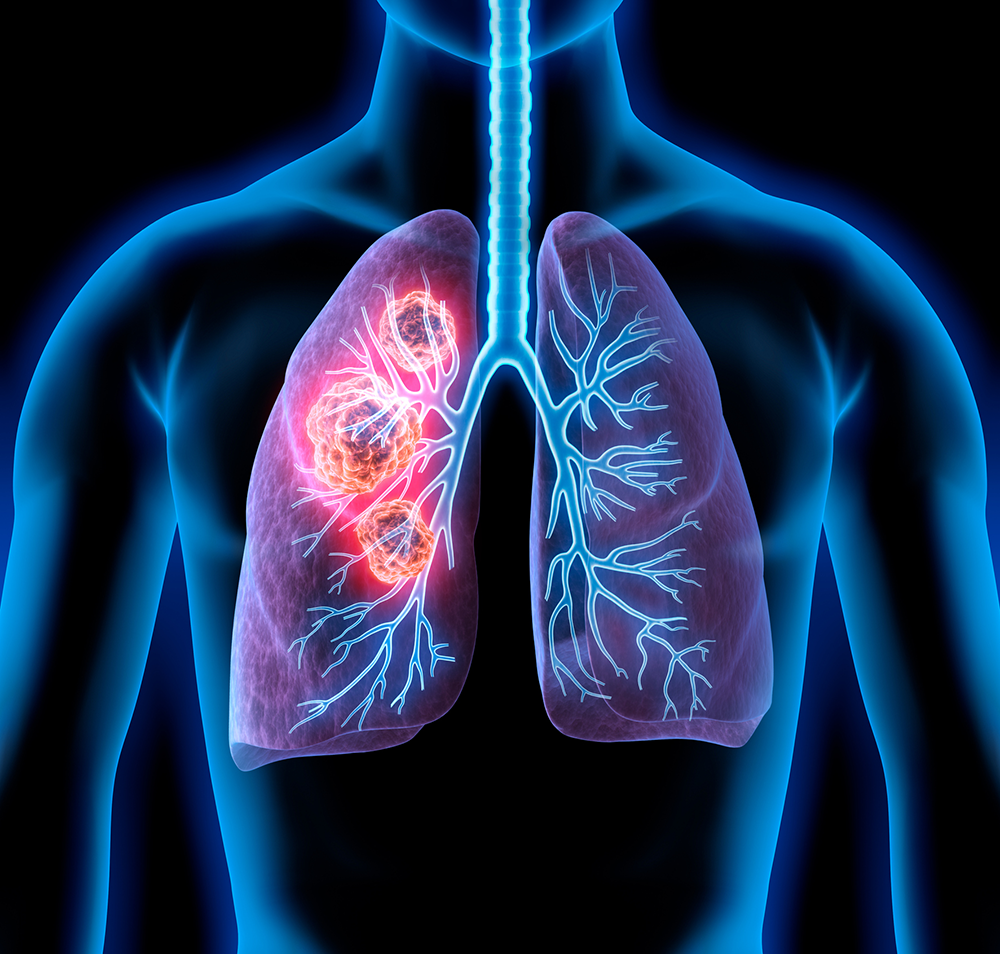by Tracie Swearingen, RD, CSO, LD
A New Year brings New Year’s resolutions. Promoting weight loss is a goal for many people. Creating a “Why” you want to lose weight is very beneficial in achieving and maintaining weight loss. One significant “Why” is to decrease your chances of a cancer diagnosis or to try to prevent a cancer recurrence. The American Institute for Cancer (AICR) has linked obesity to eleven cancer diagnoses: (1)
- Esophageal
- Pancreas
- Colon and Rectum
- Endometrium
- Kidney
- Postmenopausal Breast
- Gallbladder
- Ovarian
- Liver
- Advanced Prostate Cancer
- Stomach
The AICR recommends maintaining a healthy weight throughout life to reduce your chances of being diagnosed with cancer. AICR estimates that 358,000 cancer diagnoses could be prevented in the US each year, if people were to eat a healthy diet, be physically active every day, maintain a healthy weight and limit alcohol. AICR estimates that 351 cancer diagnoses each day could be prevented if everyone were to achieve and maintain a healthy weight. Maintaining a healthy weight is the most important lifestyle factor to reduce cancer risk, besides not smoking. (2) For those already overweight, evidence appears to suggest that intentional weight loss can have a cancer preventative effect. (3)
During cancer survivorship, evidence suggests that being overweight or obese increases the risk of cancer recurrence after treatment. Being overweight or obese might also decrease the chance of survival for many cancers. (4)
Many people do not realize that fat mass is actually active tissue. Fat cells produce estrogen, which promotes cell growth. Fat cells also produce a variety of proteins that can cause inflammation and insulin resistance. This process promotes cell growth and reproduction. The more often cells divide, the more chances there are for cancer to develop. Abdominal fat is even more active, so those that are more “apple shaped” (carry more weight around the abdomen) have higher levels of these substances that can stimulate cell division verses those that are “pear shaped” (carry more weight around the hips with a narrower waist). (5)
71% of American adults are overweight or obese. (6) How do you know if you’re at an ideal body weight? The Body Mass Index (BMI) is a measure of body fat based on height and weight and will let you know if your weight is ideal. The goal is to have a normal BMI. (7)
BMI of less than 18.5 – Underweight
BMI of 18.5 – 25 – Normal
BMI of 25-30 – Overweight
BMI of >30 Obese
{image_1}
The New Year is a perfect time to take action if you are overweight or obese. A combination of increasing physical activity/burning calories and consuming fewer calories orally, in the amount of 500-1000 calories/day can result in 1-2 pounds weight loss per week. It takes a deficit of 3500 calories to lose 1 pound. To lose weight, you must take is less calories than your body needs. Weight loss at a rate of 1-2 pounds per week is recommended. Evidence shows that weight loss at this rate is more successful. (8)
What are some steps in achieving weight loss?
- Decrease calories consumed. Eat more plant based foods, such as fruits, vegetables, whole grains and beans. These foods should take up 2/3 or more of your plate. Plant based foods are high in vitamins, minerals and fiber and have been shown to be cancer preventative. Plant foods are also lower in calories, which is beneficial when trying to lose weight. Try to consume at least 5 servings of fruits and vegetables per day. The other 1/3 of your plate should consist of lean meats and low-fat dairy. Limit foods and beverages that are high in calories, fat, added sugars and that provide few nutrients. Control portion sizes of these foods. All foods are allowed in moderation.
- Eat at least 3 meals per day. An important step to achieving weight loss is knowing how much you’re actually putting in your body. A Registered Dietitian can discuss if logging your intake would be beneficial, and what your calorie needs would be for weight loss if documenting your intake is recommended.
- Don’t drink your calories. Sugary drinks and alcohol add extra calories without beneficial nutrients.
- Increase calories burned. The AICR recommends 30 minutes of moderate physical activity per day. During moderate physical activity you can talk, but you should not be able to sing. Examples of moderate physical activity are walking briskly (3 mph or faster, but not race walking), water aerobics, bicycling slower than 10 mph and gardening. Sedentary activity should be limited, such as TV watching and computer time. Try to find an activity that is enjoyable. If you like to dance, try Zumba. If you like swimming, try aqua aerobics. Physical activity can be done in many ways and doesn’t require a gym membership or owning a treadmill.
Healthy weight loss is remembering that you are not on a diet. The goal is to make long-term, lifestyle changes in your eating and physical activity. Even if you don’t achieve an ideal body weight, weight loss of even 5-10% of your body weight may provide health benefits, such as improved blood pressure, cholesterol and blood sugars (8). If you would like help in achieving weight loss, ask your doctor for a referral to a Dietitian. A Dietitian can help discuss strategies specifically for you to promote gradual weight loss and to keep it off. If you’ve had a cancer diagnosis, an Oncology Dietitian can discuss cancer survivorship and nutrition recommendations specifically related to your cancer.
References
- http://www.wcrf.org/sites/default/files/english.pdf (Accessed 12/1/16)
- February 24, 2016 issue of AICR’s Cancer Research Update.
- August 24, 2016 issue of AICR’s Cancer Research Update.
- American Cancer Society. Body Weight and Cancer Risk. Last revised 2/5/2016.
- http://www.aicr.org/reduce-your-cancer-risk/weight/reduce_weight_cancer_link.html (Accessed 12/1/16)
- American Cancer Society Infographics. Body Weight & Cancer Risk. Published August 25th, 2016.
- https://www.nhlbi.nih.gov/health/educational/lose_wt/BMI/bmicalc.htm (Accessed 12/1/16)
- Losing Weight. cdc.gov (Accessed 1/8/17)



